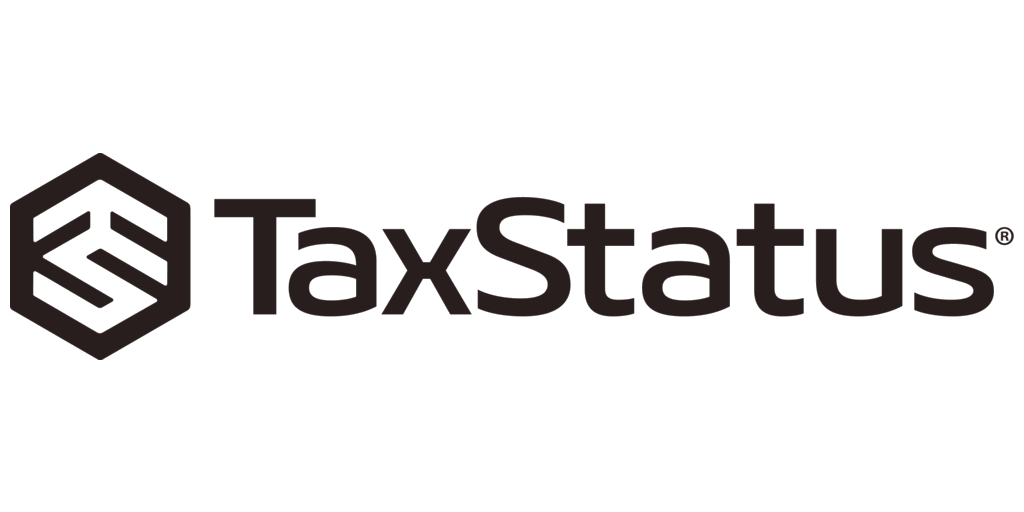Earned Income Tax Credit: What It Is and Who Qualifies
The earned income tax credit is for low- and moderate-income workers. See the requirements and credit amounts for 2024 and 2025.

Many, or all, of the products featured on this page are from our advertising partners who compensate us when you take certain actions on our website or click to take an action on their website. However, this does not influence our evaluations. Our opinions are our own. Here is a list of our partners and here's how we make money.
Jump to:
What is the earned income tax credit?
The earned income tax credit (EITC) is a refundable tax break for low- and moderate-income workers. This means it can lower your tax bill by the corresponding credit amount. If the credit amount is worth more than your taxes owed, the extra amount can also be refunded. You don't have to have a child to claim the credit, but generally, the more children you have, the higher the credit amount will be.
Earned income credit requirements
To qualify for the EIC, you must have made at least $1 of earned income but not more than the annual limit for the year, which is established by the IRS. There are also other rules. Here are the big ones:
Age: If you're claiming the EITC without any qualifying children, you must be at least 25 years old but not older than 65. If you're claiming jointly without a child, only one spouse needs to meet the age requirement.
Investment income cap: Your investment income must be $11,600 or less in 2024 (taxes filed in 2025). This limit rises to $11,950 for investment income earned in 2025 (taxes filed in 2026).
Foreign income: You must not have to file Form 2555, Foreign Earned Income; or Form 2555-EZ, Foreign Earned Income Exclusion.
Special rules for separated couples and others: You can qualify for the EITC if you’re separated but still married. To do so, you can’t file a joint tax return, and your child must live with you for more than half the year. You also must not have lived with your spouse during the last six months, or you must have a separation agreement or decree. There are also special rules for members of the military and the clergy, as well as for people who have disability income or who have children with disabilities.
» MORE: See if you also qualify for the child tax credit or the child and dependent care credit

on TaxStatus's Website
Earned income tax credit 2024
In 2024 (taxes filed in 2025), the maximum earned income tax credit amounts are $632, $4,213, $6,960 and $7,830, depending on your filing status and the number of children you have.
EITC income limits for 2024
Below are the maximum amounts you can earn in 2024 to qualify for the credit, plus the most you can earn before losing the benefit altogether.
Number of children | Maximum earned income tax credit | Max income: Single or head of household filers | Max income: Married joint filers |
|---|---|---|---|
0 | $632 | $18,591 | $25,511 |
1 | $4,213 | $49,084 | $56,004 |
2 | $6,960 | $55,768 | $62,688 |
3 or more | $7,830 | $59,899 | $66,819 |
Note: Both your adjusted gross income and earned income must be below the threshold to qualify. Your earned income usually includes job wages, salary, tips and other taxable pay you get from your employer, and income you earned from self-employment or side gig work. Your adjusted gross income is your earned income minus certain deductions.
Earned income tax credit 2025
In 2025 (taxes filed in 2026), the maximum earned income tax credit amounts are $649, $4,328, $7,152 and $8,046, depending on your filing status and the number of children you have.
EITC income limits for 2025
Below are the maximum earned income tax credit amounts for the 2025 tax year, plus the most you can earn before losing the benefit altogether. Your earned income and your adjusted gross income (AGI) have to be below the levels in the table.
Number of children | Maximum earned income tax credit | Max income: Single or head of household filers | Max income: Married joint filers |
|---|---|---|---|
0 | $649 | $19,104 | $26,214 |
1 | $4,328 | $50,434 | $57,554 |
2 | $7,152 | $57,310 | $64,430 |
3 or more | $8,046 | $61,555 | $68,675 |
Who counts as a qualifying child for the earned income credit?
If you claim one child or more as part of your earned income credit, each must pass certain tests to qualify:
The child can be your biological child, adopted child, stepchild, foster child or grandchild. The child also can be your sibling, half sibling, stepsibling, or any of their children.
The child must be under 19 at the end of the year and younger than you or your spouse if you're filing jointly, OR, the child must be under 24 if they were a full-time student. There's no age limit for children who are permanently and totally disabled.
The child must have lived with you or your spouse in the United States for more than half the year.
Can I claim the EITC without a child?
You may be able to get the EITC if you don’t have a qualifying child but meet the income requirements for your filing status. To qualify, you typically must meet three more conditions:
You must have resided in the United States for more than half the year.
No one can claim you as a dependent or qualifying child on their tax return.
You must be at least 25 years old but not older than 64. If you are married filing jointly, at least one spouse must meet the age requirement.
How to claim the earned income tax credit on your tax return
You can claim the earned income credit on your annual tax return (Form 1040 or Form 1040-SR). Taxpayers who have dependent qualifying children also have to fill out Schedule EIC, which asks for information about their child, including their Social Security number, birth year and more.
Quality tax software will often help you fill out these forms, and possibly even for free. If you qualify for the earned income tax credit and have a relatively simple tax situation, you may be able to take advantage of free tax-prep programs, such as the IRS Free File program.
» MORE: How to file your taxes for free
When to expect your EITC refund
For the 2025 tax season, early EITC filers who e-filed, had an error-free return and selected direct deposit should have received their refund by March 3. People who filed by paper should expect longer wait times.
» Already filed? How to track the status of your return
Consequences of an EIC-related error
Not only does an error on your tax form delay the EIC part of your refund — sometimes for several months — but it also means the IRS could deny the entire earned income credit.
Again, most tax software walks you through the EITC with a series of interview questions, greatly simplifying the process. But remember: Even if someone else prepares your return for you, the IRS holds you responsible for all information on any return you submit.
Can I still get a past year's earned income tax credit?
If you didn’t claim the earned income credit when you filed your taxes in the last three years but think you qualified for it, the IRS encourages you to file an amended tax return so you can get that money back.
If you need the income thresholds and credit amounts from past years, take a look back.









